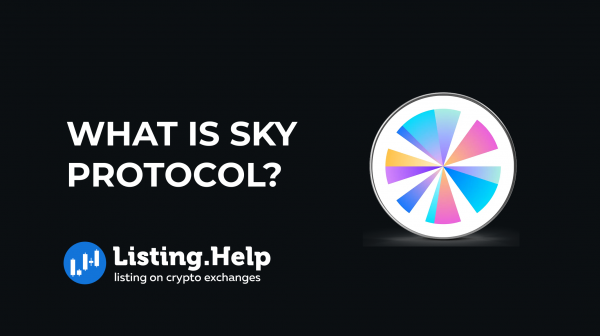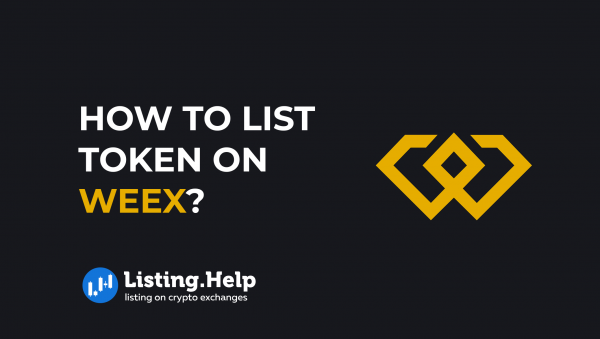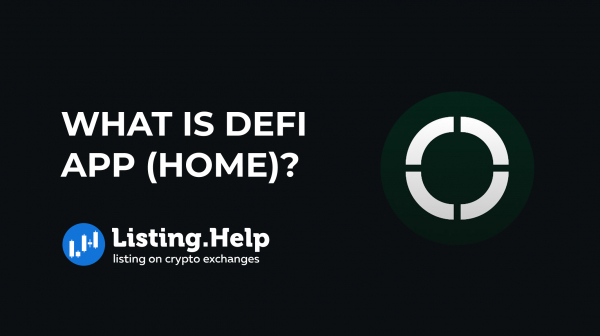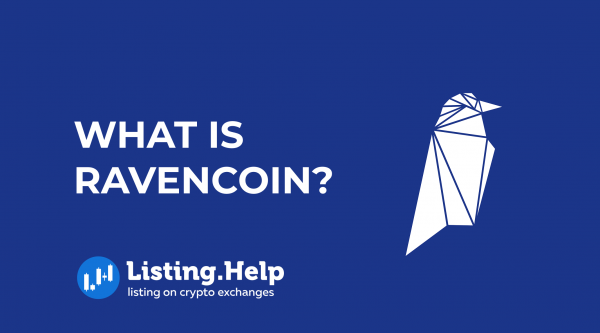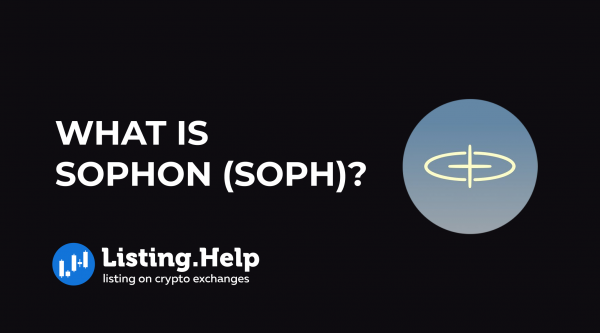Crypto Trading 101: Key Terms Explained
 February 28, 2024
February 28, 2024 Updated: January 27 2025, 07:19
Updated: January 27 2025, 07:19
LEAVE A REQUEST
Launching your own token project? Our experts are ready to help with listing on exchanges, market making, marketing and other solutions
SUBMIT APPLICATIONVenturing into the world of trading, whether it be stocks, Forex, or cryptocurrencies, you’ll quickly encounter a variety of specialized jargon. Acronyms like FOMO, ROI, ATH, and HODL might initially baffle you. The lexicon of trading and investment is filled with unique terms that can seem daunting at first glance. However, getting to grips with these concepts is essential for anyone keen to navigate the financial markets effectively.
In this article, we outline crucial trading terms indispensable for participants in the cryptocurrency market.
What is FUD?
The concept of Fear, Uncertainty, and Doubt, widely known as FUD, permeates discussions beyond everyday conversation into the intricate world of financial markets. FUD serves as a deliberate strategy to erode trust in a particular entity, be it a corporation, product, or venture, by circulating negative and, more often than not, unfounded claims. The ultimate aim is to instill fear, thereby gaining a competitive edge, executing strategic plays, or capitalizing on the resultant dip in stock values due to these malicious rumors.
In the volatile landscape of cryptocurrency trading, FUD plays a significant role. Investors might short a digital currency and then strategically unleash unfavorable or questionable news about it. The objective behind such maneuvers is to garner substantial profits by either short selling or opting for put options, with some going to the extent of securing over-the-counter (OTC) agreements beforehand.
While a lot of the information propagated under the guise of FUD turns out to be baseless or overstated, there are occasions when the rumors bear some element of truth. Hence, it is prudent to approach every piece of information with a critical mind, contemplating the underlying motives of those disseminating certain narratives or data.
What is FOMO?
The phenomenon of FOMO captures the intense anxiety that grips investors as they scramble to buy assets, spurred by the fear of missing out on profitable ventures. This collective apprehension can trigger significant price spikes, as swarms of investors react to FOMO, propelling asset prices to climb sharply. The sight of investors jumping from one opportunity to the next, motivated by this fear, typically signifies the waning stages of a bull market.
Reflecting on the pitfalls of Technical Analysis (TA) highlighted earlier, remember that atypical market conditions can alter the conventional dynamics of trading. Amidst such emotionally charged atmospheres, FOMO can lead investors to make hasty decisions to enter the market. These impulsive actions can amplify price fluctuations in both directions, catching traders who try to go against the grain off guard.
Furthermore, the influence of FOMO extends beyond financial markets and plays a crucial role in the structuring of social media platforms. Have you ever pondered why social media feeds do not simply present posts in a strictly chronological order? This is by design, influenced by FOMO. Providing users with the ability to see all updates since their last check-in could satisfy their curiosity, potentially diminishing their engagement.
By intentionally interspersing older with newer posts, social media platforms leverage FOMO to keep users coming back, driven by the concern that they may miss out on pivotal updates.
What is HODL?
Originating from a misspelled word “hold,” HODL embodies a strategy similar to the conventional buy and hold tactic but is specifically tailored for the cryptocurrency sector. The term gained popularity from a misspelled headline “I AM HODLING” in a 2013 BitcoinTalk forum post, quickly becoming a mantra within the crypto community.
HODLing is about keeping your crypto assets through fluctuating market conditions. It appeals to those who may not have the knack or interest in navigating the volatile waters of short-term trading but still desire to participate in the crypto economy. It’s also a strategy of choice for investors with a strong belief in the long-term potential of a particular cryptocurrency, intending to hold their investment through thick and thin.
Reflecting the buy and hold philosophy of traditional investing — which focuses on acquiring undervalued assets to hold for the long term — HODLing has become a preferred approach among many in the cryptocurrency space, notably Bitcoin enthusiasts.
What is BUIDL?
Originating from the same playful error as HODL, BUIDL highlights a community within the cryptocurrency sphere committed to continuous development, regardless of the fluctuating market. This term encapsulates a steadfast dedication to advancing the blockchain and cryptocurrency sectors, showing resilience even during financial downturns. Those who embrace the BUIDL philosophy look past market instability, focusing on the transformative potential of these technologies to globally impact how we communicate and conduct transactions.
BUIDL serves as a reminder that cryptocurrency isn’t just an arena for financial speculation; it represents an innovative technology poised to redefine our digital and financial landscapes. This mindset urges individuals to actively participate in laying the groundwork for a system that has the capacity to benefit billions, underlining the critical role of perseverance and long-term vision in these development endeavors.
What is SAFU?
SAFU, an acronym for Secure Asset Fund for Users, traces its origin to a humorous meme by Bizonacci. It humorously depicted Binance CEO, Changpeng Zhao (CZ), asserting “funds are safe” during an unexpected downtime of the platform. This phrase swiftly gained traction within the cryptocurrency community.
In a move inspired by the meme’s popularity, Binance launched its Secure Asset Fund for Users (SAFU). This initiative was designed to create a financial safety net for users against potential security threats. By allocating these funds into a dedicated cold storage wallet, Binance has enhanced the security framework for its user base. This has led to the phrase “funds are safu” being widely recognized as an assurance of asset security on Binance.
What is ROI?
Return on Investment, or ROI, is a metric used to evaluate the efficiency of an investment. It calculates the gain from an investment in relation to its cost, making it a handy tool for comparing various investments’ performances.
Beyond mere figures, when evaluating investments, consider other variables such as risk levels, investment duration, liquidity, and potential slippage effects on the buying price. While ROI is an invaluable indicator of investment performance, it’s part of a broader analysis that should include these additional factors.
What is ATH?
The concept of an All-Time High (ATH) is straightforward. It signifies the highest price an asset has achieved to date. Take Bitcoin, for example, which reached its pinnacle at $19,798.86 against the USDT on Binance in the heat of 2017, setting the record for its most expensive exchange rate in that pairing.
The impact of hitting an ATH is noteworthy. Essentially, it implies that nearly all investors in the asset are in the green, provided the price stays at this zenith or climbs higher. When an asset bounces back from a low period and hits its ATH, it might prompt some investors to sell, aiming to just break even.
Crossing the ATH barrier transforms the market landscape significantly. The pressure from investors holding out to sell at no loss dissipates, giving rise to what’s popularly termed a “blue sky breakout.” Such a phase is characterized by an open field for potential price ascensions, as the asset isn’t bogged down by predetermined resistance levels.
Increased trading volume often accompanies these milestones. The anticipation of continued upward trends entices traders and investors to engage, eyeing swift profits. Nonetheless, transcending an ATH is not a promise of perpetual rise. Participants in the market will, at some juncture, seek to secure their earnings, possibly by setting limit orders at new heights, particularly if the asset continually surpasses its own records.
However, these rapid ascents can abruptly reverse, leading to significant declines. This was vividly illustrated when Bitcoin plummeted roughly 45% just after its peak at $20,000 in December 2017. Such instances highlight the critical need for meticulous risk management and the strategic use of stop-loss orders to protect one’s financial stake.
What is ATL?
The All-Time Low (ATL) serves as the polar opposite to the All-Time High, marking the lowest value an asset has ever dropped to. Take, for example, the case of BNB, which hit its rock-bottom price of 0.5 USDT on the very first day it was traded against USDT.
A fall below an asset’s historical ATL can set off a domino effect, mirroring the reaction seen with surpassing an ATH, but heading in the downward direction. This descent can rapidly activate a slew of stop orders, accelerating the drop in the asset’s price.
Absent any prior benchmarks for prices beneath the ATL, the asset’s valuation can spiral downward indefinitely, without apparent stops. Thus, making an investment at or near an ATL poses significant risks, mired in unpredictability.
Savvy traders often wait for clear signals of a market reversal, like notable changes in moving averages or other pivotal indicators, before considering an entry. Jumping in too soon, without concrete signs of recovery, can trap investors in a depreciating position for an extended duration, as the asset continues to explore new lows.
What is DYOR in Crypto?
The principle of “Do Your Own Research” (DYOR) plays a pivotal role, especially linked to the method of Fundamental Analysis (FA). This principle underscores the critical need for investors to undertake their own analysis, cautioning against reliance on the insights of others. The phrase “Don’t trust, verify” captures this ethos, a sentiment that resonates strongly within the cryptocurrency community.
A distinguishing characteristic of a proficient investor is their ability to conduct comprehensive research and formulate conclusions independently. This autonomy requires crafting a bespoke strategy for trading or investing, one that aligns with the individual’s research outcomes and risk appetite. Such a process naturally gives rise to varied perspectives among investors; while one might view an asset with optimism, another could approach it with caution.
This diversity of viewpoints, rather than being a hindrance, enriches the investment environment by introducing a wide array of strategies. The critical lesson here is that, despite the differences in their approaches, all effective investors share one trait: they engage in meticulous research, base their decisions on their own informed analyses, and craft their investment paths accordingly.
What is DD (Due Diligence)?
Closely linked to the concept of doing your own research, due diligence represents the careful examination and vetting process that an individual or business undertakes before entering into an agreement or transaction. It’s about being thorough and cautious, ensuring there are no hidden issues or risks in a deal that could lead to regrettable outcomes. For businesses and investors alike, due diligence is about making informed decisions, weighing the risks against the potential rewards to safeguard their interests.
What is AML?
Anti-Money Laundering encompasses a series of laws, regulations, and procedures designed to prevent the act of concealing illegally obtained funds as legitimate income. These measures are crucial in complicating the efforts of criminals to clean their dirty money through complex financial systems and transactions. Financial institutions are required to closely monitor customer transactions and report any suspicious activities, making it significantly harder for money laundering operations to succeed.
What is KYC?
Adhering to Know Your Customer or Know Your Client guidelines is essential for exchanges and trading platforms. These guidelines, part of broader AML policies, require financial institutions to verify the identity of their clients. The primary goal here is to reduce the risk of financial crimes like money laundering. KYC is not exclusive to the financial sector; it’s a critical component of regulatory compliance across various industries, ensuring that businesses know who they’re dealing with to maintain integrity and security in their operations.
Conclusion
Cryptocurrency trading and its vernacular might initially appear daunting. However, with the knowledge you’ve now gained about these essential terms, you’re better equipped to navigate the crypto waters confidently.

For deeper insights into blockchain technology, check out our Listing.Help Blog.






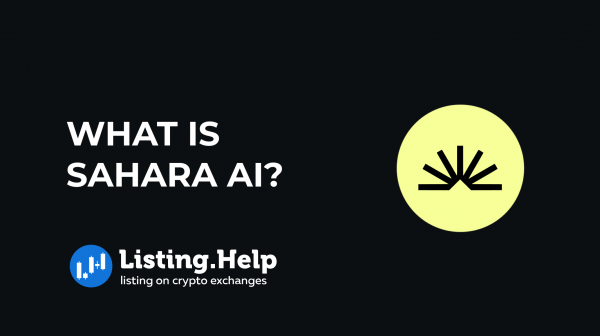
 July 2, 2025
July 2, 2025 